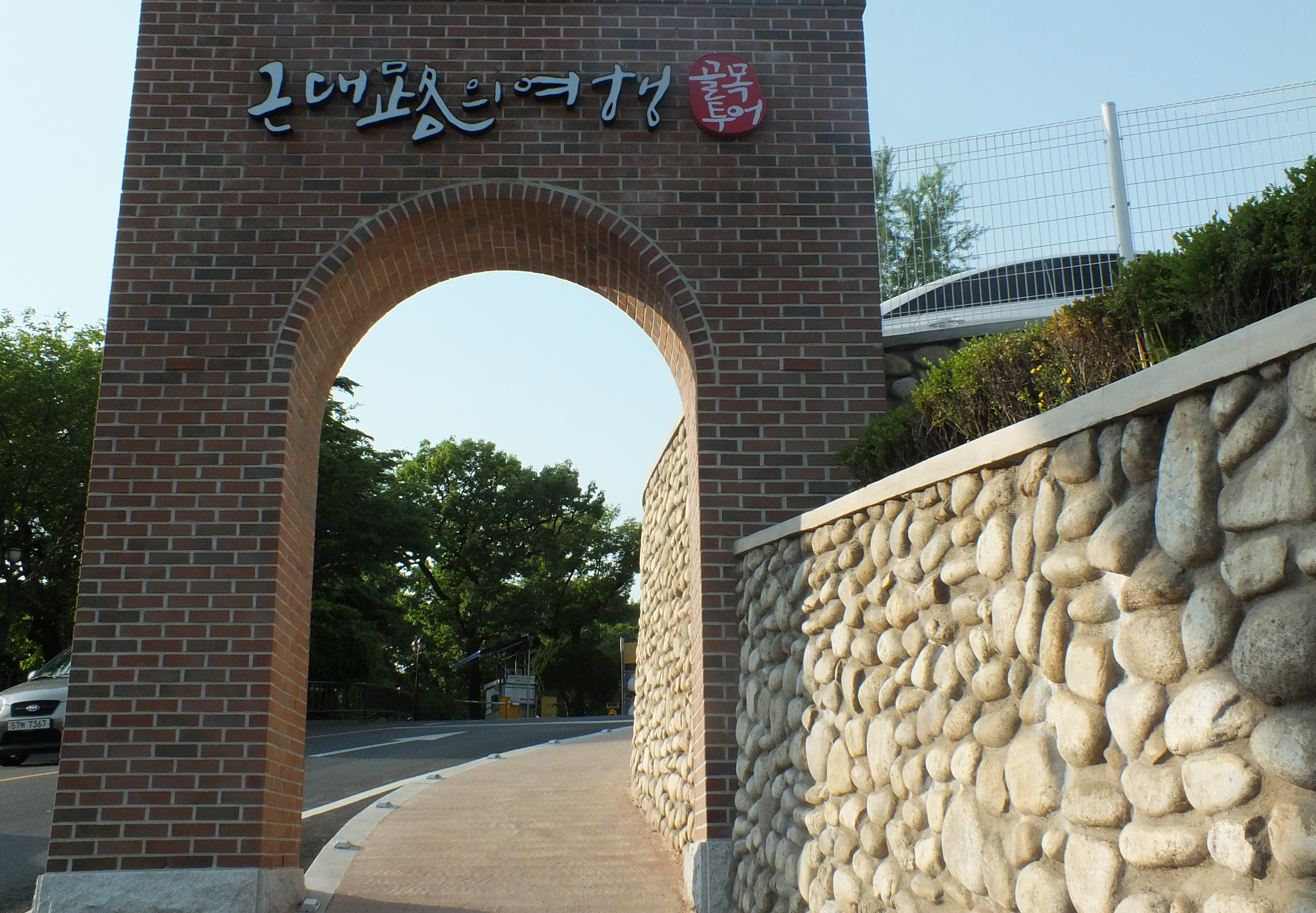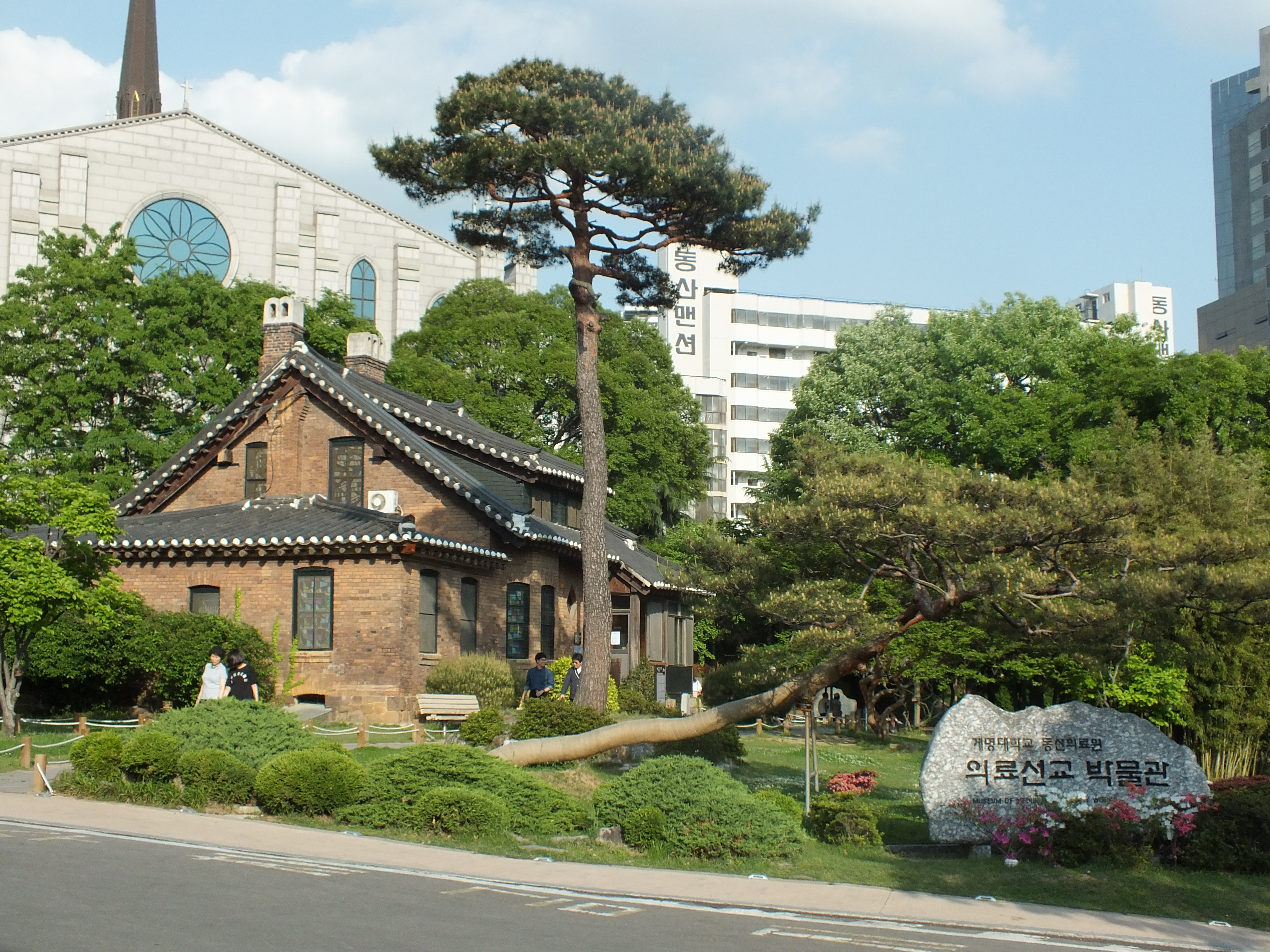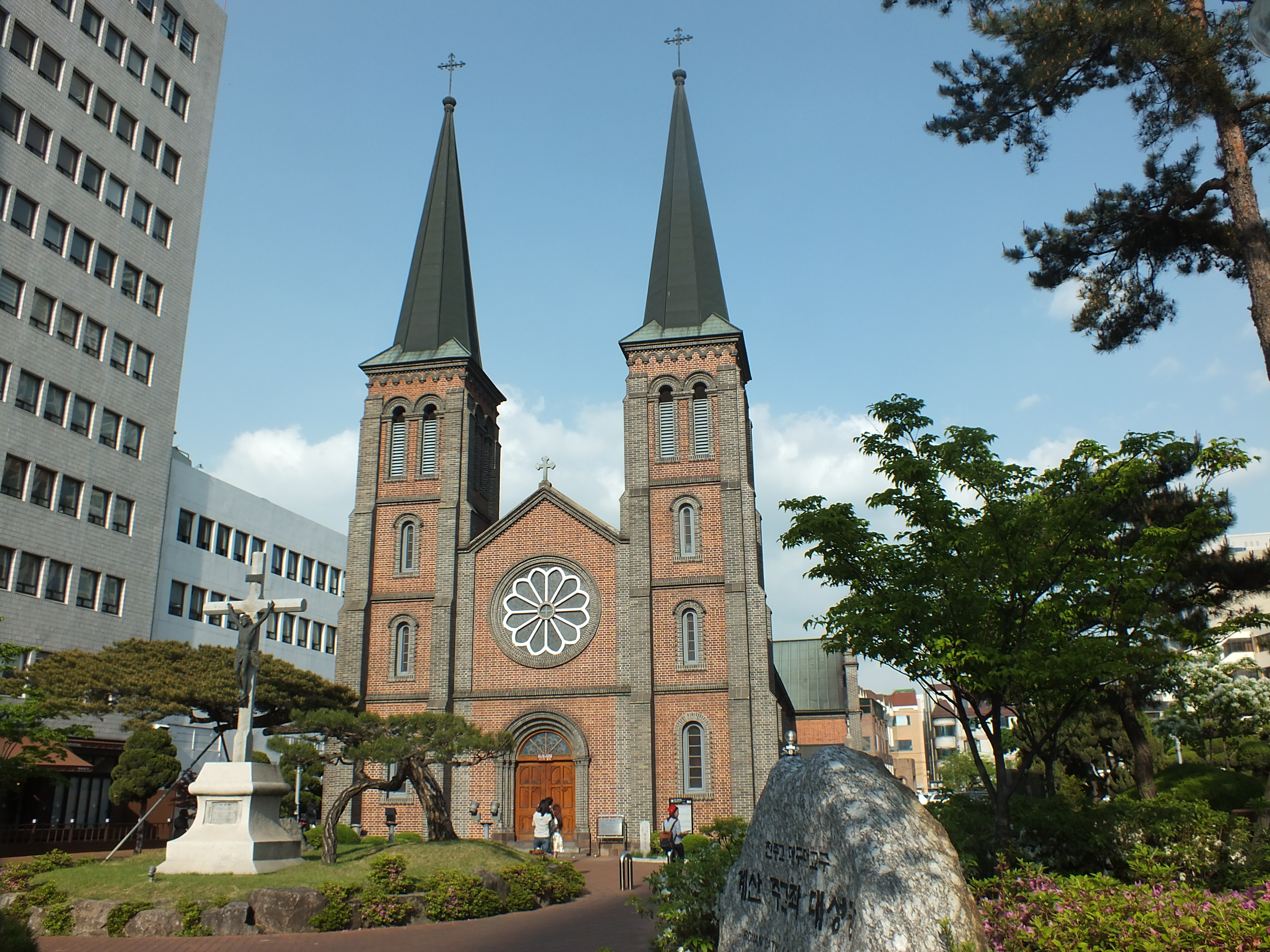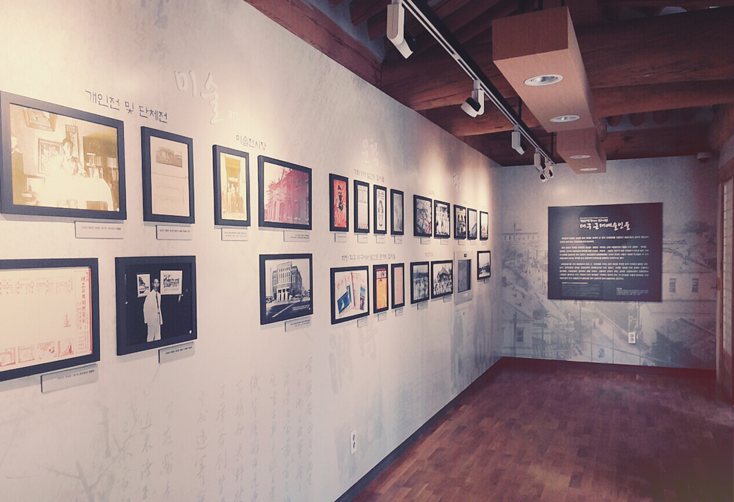
You have probably heard about Daegu’s Modern Street Tour Program at least once. Not only Daegu citizens but also travelers and foreigners recognize this program as Daegu’s representative tour. Daegu was less damaged by the Korean War, so places with stories about modern history have remained. Because of this, Modern Street was made, and the Modern Street Tour Program was started in early 2000. This tour was selected for the Korea Tourism Top 100 in 2012, and then became popular.
This program has five courses. Course 1 is Gyeongsang-gamyeong Dalseong-gil, Course 2 is Modern Street, Course 3 is Fashion Hanbanggil, Course 4 is Samdeok-bongsan Culture Street, Course 5 is Namsan 100-Year Hyangsu-gil. Each course takes about two hours. Regular tours start at 10 am and 2 pm every Saturday, and regardless of the course, you can make a reservation for a guided tour when you have a group of 15 or more people.

You can experience modern culture in Course 2. There are several tourist attractions in Course 2: The Dongsan Missionary Houses, March First Independence Movement Road, Gyesan Catholic Church, The houses of Lee Sang-hwa and Seo Sang-don, Gyesan Yega, Yangnyeongsi Museum of Oriental Medicine and Jingolmok Alley.
The first site of Course 2 is the Missionary Houses: Switzer House and Chamness House. This site is where the missionaries who first introduced Catholicism to Daegu lived. The Switzer House is a western-style, red-brick home that is Daegu’s Tangible Cultural Property No. 24. It is known as the Switzer House because an American missionary worker named Switzer lived in this house in 1910. The building has been used as a missionary museum since 1999. Not only the missionary Chamness, but also other missionaries lived in the Chamness House, which is a red-brick, southern California, bungalow-style house. It is used as a medical museum now. The museum exhibits various medical equipment used from the 1800’s to 1900’s.

The next site is Gyesan Catholic Church, which was first built as a traditional Korean building in 1899. However, the original building was lost in a fire in 1901. The current building was designed by Bishop Robert in 1902. Gyesan Catholic Church’s unique characteristic is twin towers with Gothic art. Because of its refined interior and the beauty of the building, it is where famous people have wedding ceremonies. Within the church, the stained glass windows feature people dressed in traditional Korean clothing, Hanbok, which symbolizes the saints that were martyred during the persecution of Catholics during the Joseon Dynasty. Gyesan Catholic Church is the oldest cathedral in the Gyeongsang-do region and it has been a part of the history of Catholicism in Daegu and Gyeongbuk for over a 100 years. The building was appointed as Historic Heritage No. 290 because of its beautiful architecture and its 100-year history.

The next stop on this tour is Gyesan Yega, which is a modern experience and exhibition center that features exhibits and videos related to modern culture. In the Screening Room you can watch a video regarding the lives of artists who stayed in Gyesan-dong and other related stories. The Exhibition Room features videos and a chronological table of the history from the Daehan Empire to Japanese occupation, Korean independence, the Korean War and the industrialization era. In addition to the Screening Room and the Exhibition Room, the Hanok (traditional Korean house) Exhibition Room provides a place to rest during the walking tour.
Anyone who wants to learn about history can participate for free in the Modern Street Tour Program and experience Korea’s modern history directly. Recently, there is a translation service for foreigners, as well as a Taste Tour and a Night View Tour. For these reasons, a lot of people are interested in this program. Let’s choose one of the five courses and go on a trip.











